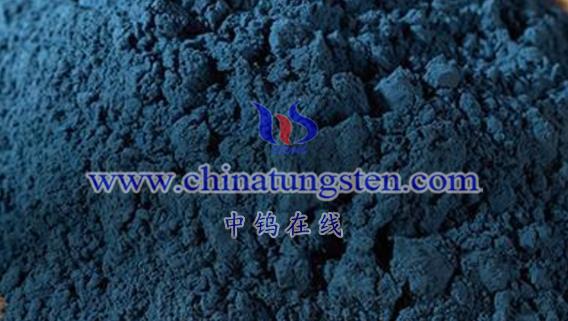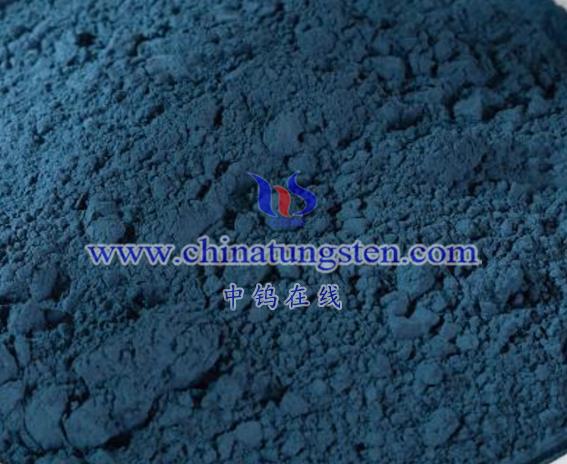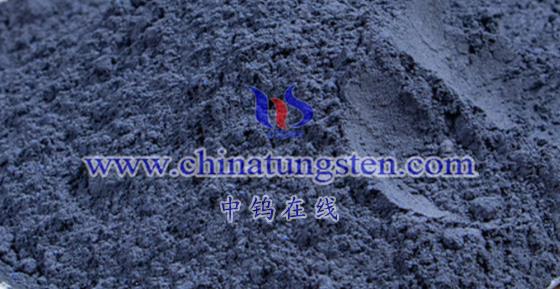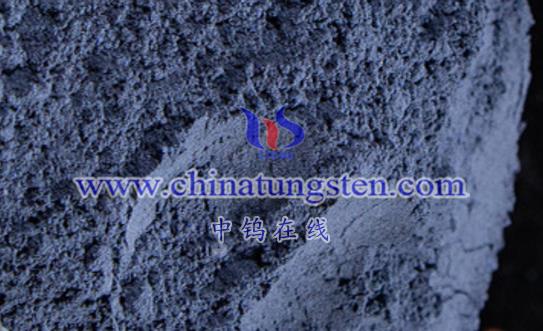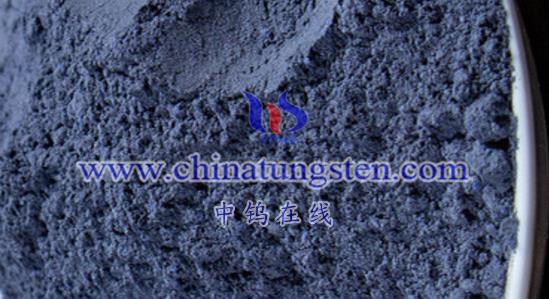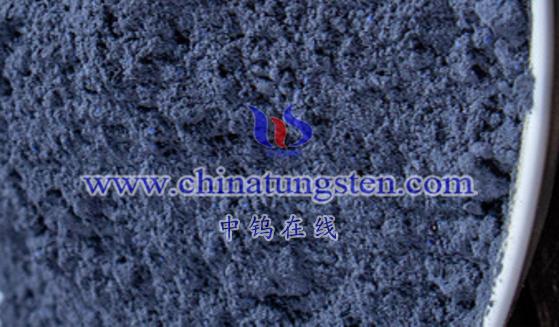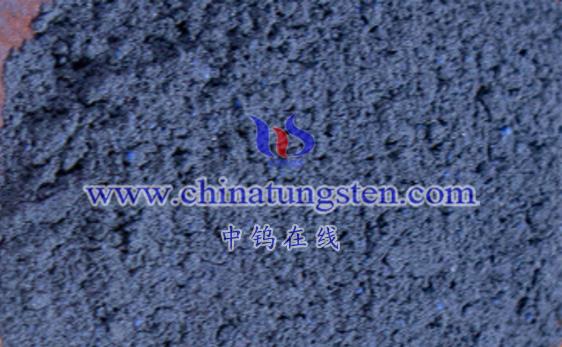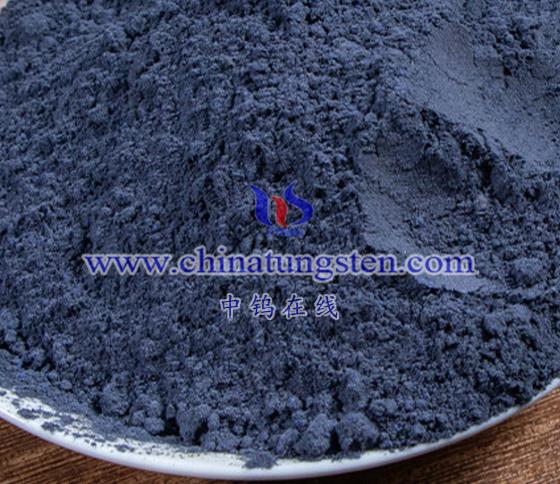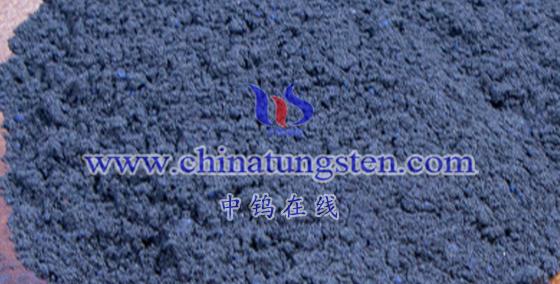
Nano Tungsten Trioxide (WO3) as a stealth material has several advantages, but also some notable limitations. Here’s an analysis of its key drawbacks:
- Decreased Conductivity
- Reason for Decreased Conductivity:
Nano tungsten trioxide introduces numerous grain boundaries in its structure, which disrupt the long-range order of the crystal lattice. This leads to an increase in electron scattering, reduces the lifetime of minority carriers, and may generate additional noise. - Impact of Decreased Conductivity:
The reduction in conductivity can limit its application in areas requiring high electrical conductivity, such as electromagnetic shielding and electronic devices.
- Volume Expansion and Pulverization
- Reason for Volume Expansion and Pulverization:
During charge and discharge cycles, the insertion and extraction of lithium ions in WO3 cause volume expansion and contraction. This volumetric change can lead to the material’s pulverization, affecting its structural integrity. - Impact of Volume Expansion:
The pulverization reduces cycling performance and shortens the material’s lifespan, posing a challenge for its use in energy storage applications, such as batteries.
- Reduced Electrical Conductivity and Polarization
- Reason for Reduced Conductivity and Polarization:
Under high current densities, WO3 coatings may exhibit reduced conductivity and strong polarization effects. These issues may be attributed to the electronic transport characteristics and interface effects of nano materials. - Impact of Conductivity Reduction:
Lower electrical conductivity and polarization can severely impact the performance of devices such as batteries, reducing their power density and efficiency, and leading to energy loss.
- Peeling and Detachment Issues
- Reason for Peeling:
When nano tungsten trioxide is used as a coating material on substrates like optical fibers, external forces such as friction or contact may cause the coating to peel off. This could be due to the limited adhesion and mechanical strength of the material. - Impact of Peeling:
Detachment of the coating can hinder the material’s ability to perform over time, affecting the stability and reliability of the devices it is used in. In long-term applications, this issue can become a significant obstacle to the broader use of WO3 as a stealth material.
- Challenges in Preparation and Processing
- Reason for Processing Difficulties:
The preparation and processing of nano tungsten trioxide often require specialized techniques and equipment to maintain the stability and uniformity of its nano structure. This adds complexity to the manufacturing process. - Impact of Processing Difficulties:
The increased difficulty and cost of production may limit the large-scale commercialization of WO3-based stealth materials, affecting their economic viability for widespread use.
Conclusion:
While nano tungsten trioxide has unique properties for stealth applications, it faces challenges such as decreased conductivity, volume instability, detachment issues, and processing difficulties. These limitations need to be addressed through improved material engineering and processing techniques for the material to achieve broader application in industries requiring stealth and other related technologies.
More details of tungsten oxide product, please visit website: tungsten-oxide.com
Please contact CHINATUNGSTEN for inquiry and order of tungsten oxide:
Email: sales@chinatungsten.com
Tel.: 86 592 5129595
